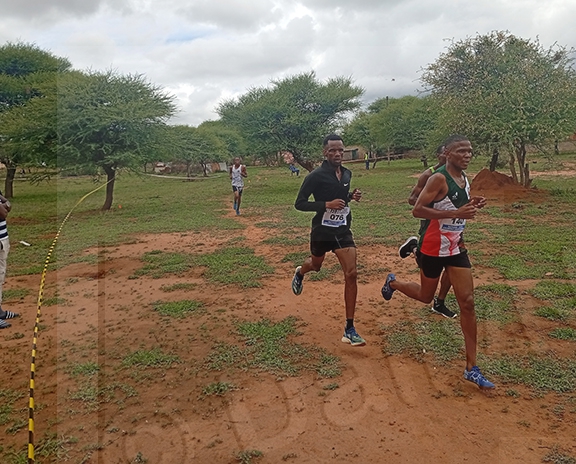Anti-doping code protects athletes
17 Mar 2016
The World Anti- doping code was adopted in 2003 and became effective in 2004 and it was updated in 2007 and its latest version was in 2015.
The national advisory committee on anti-doping member, Basadi Akoonyatse, said this at a three-day Olympic solidarity sports science and medicine course to capacitate medical practitioners in issues related to doping, dental and sudden death in sports, amongst others.
The code, she said, was meant to protect athlete’s fundamental right to participate in doping-free sport thus promoting health, fairness and equality for athletes worldwide. She said it was also meant to ensure harmonised, coordinated and effective anti-doping programmes at the international and national level with regard to detection, deterrence and prevention of doping. Furthermore, she said the code was a non-governmental document hence it can only be signed by sport organisations.
She said the world anti-doping programme encompasses all of the elements needed in order to ensure optimal harmonization and best practice in international and national anti-doping programs adding that the main elements were the Code, international standards which include technical and operational and models of best practice and guidelines.
She highlighted that UNESCO international convention against doping in sport, was adopted in October 2005, although it entered into force on 01 February 2007 and its framework with which all governments can address the growing prevalence and increasingly insidious use of performance –enhancing substances and methods in sport.
Commenting on sport psychology in the prevention and rehabilitation of the athletic injury, sport psychologist at University of Botswana, Professor Leapetswe Malete, said it was prudent for medical practitioners to improve their people’s skills in order to effectively deal with athletes.
He said medical practitioners deal with a sub population that have needs that were slightly different adding that when the elite athlete gets injured they do not only think about the injury but also the recovery period and how it can impact on their career.
The injury, he said might be severe and career threatening adding that if medical practitioners did not have peoples skills to communicate with the athlete, that will be the end of his career. Ends
Source : BOPA
Author : Anastacia Sibanda
Location : Gaborone
Event : Course
Date : 17 Mar 2016






